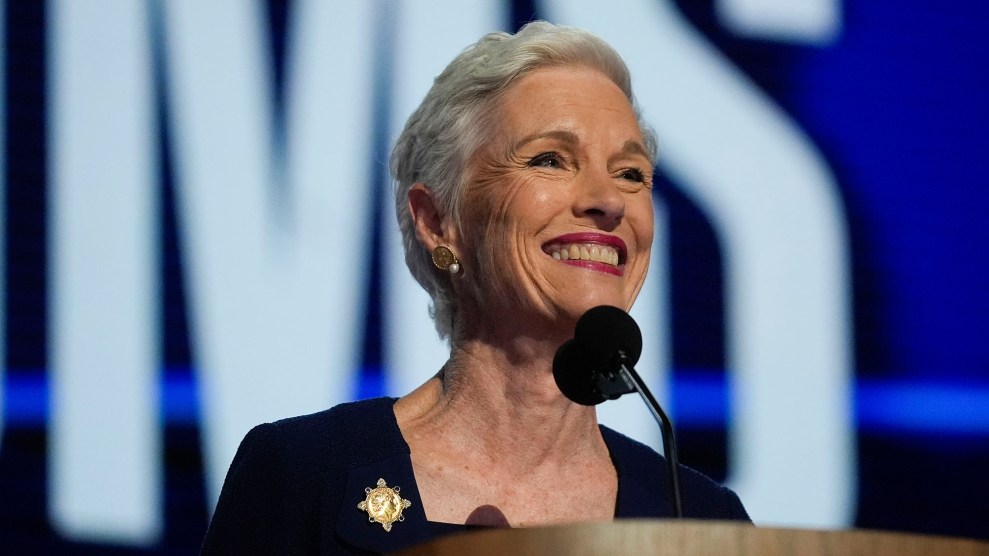From the Wall Street Journal, here’s the Kyoto Treaty’s latest carbon offset scandal:
Rhodia SA manufactures hundreds of tons a day of adipic acid, an ingredient in nylon, at its factory [in Korea]. But the real money is in what it doesn’t make. The payday, which could amount to more than $1 billion over seven years, comes from destroying nitrous oxide, or laughing gas, an unwanted byproduct and potent greenhouse gas. It’s Rhodia’s single most profitable business world-wide. Last year, destroying nitrous oxide here and at a similar plant in Brazil generated €189 million ($300.5 million) in sales of pollution “credits.” . . .The [French-owned] Rhodia factory is slated to bring in more money, under the U.N.-administered program, than all the clean-air projects currently registered on the continent of Africa.
This story should lay to rest any doubts that carbon offsets must be treated with the utmost skepticism by lawmakers. It reprises a similar debacle I reported here, involving refrigerant manufactures who were “paid” under Kyoto to create more greenhouse gases so that they could destroy them and call it a carbon offset. The Rhodia case is all the more troubling because the culprit is a French company that should be running green anyway and because Kyoto’s regulators were supposed to have learned how to prevent this by now. In short, buyer beware as the United States shops for its own legislative solution to climate change.
So why are these glaring cases of profiteering being glossed over in Washington? As I note in our July/August issue, the biggest carbon offset companies have partnered with some of the world’s biggest polluters in an attempt to sculpt the details of a U.S. climate bill. (Lieberman-Warner would have allowed companies to meet up to 30 percent of their emission reductions with offsets). Hardly anybody is talking about this. The offset lobby still enjoys the kind of positive PR that its industrial partners can only dream of. It’s a joke, but they’re the ones who’ll laugh to the bank.

















